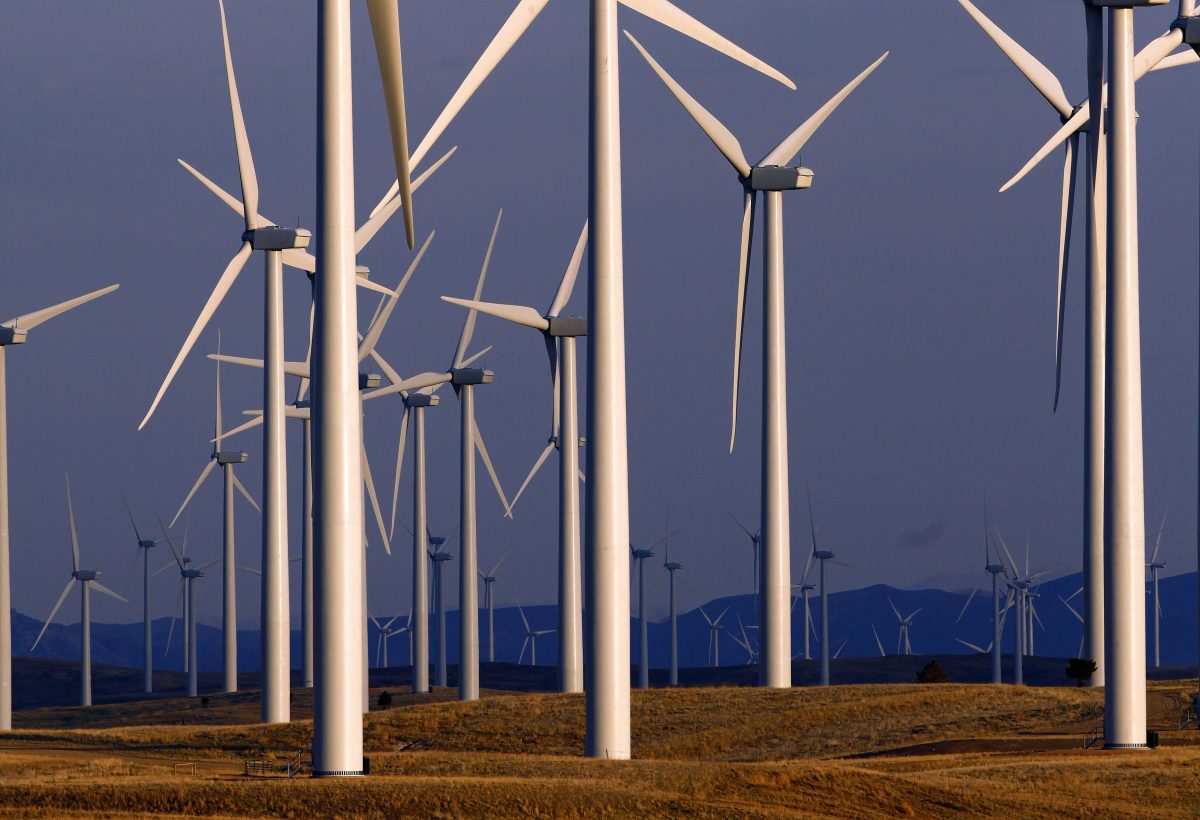According to industry reports, Texas and its neighbor to the north are known as two leaders in the oil and natural gas industries – a truth for over a century.
Videos by Rare
They are also said to be among the pioneers practicing hydraulic fracturing, better known as fracking – a method where water is used to fracture the earth’s deep layers and provide access to previously-inaccessible oil and gas reserves.
Today, thanks to effectively nonexistent federal oversight of its electrical grid, Texas and Oklahoma are two leaders when it comes to wind power; however, the states handle their wind power industries in different ways.
Last fall, wind farms across Texas reportedly generated 20,600 megawatts, surpassing the state’s coal-fueled plants for the first time in history.
RELATED: Texas Could See More Jobs From Wind Energy In Years To Come
Reports show Texas also allows wind farmers to take advantage of massive tax discounts; developers of wind, solar and other renewable energy projects can receive tax breaks of up to 80 percent for 10 years.
According to the Electric Reliability Council of Texas, the agency responsible for overseeing the state’s electrical grid, wind power provided nearly one-sixth of the state’s electricity in 2017.
While the prospects for wind power in Texas look far from blustery, the other shoe potentially already dropped in the Sooner State:
A budget shortfall reportedly caused the state to roll back previous tax incentives for wind power projects, despite these projects producing nearly 7,500 megawatts in 2017.
RELATED: Wind Passes Coal as Texas Energy Provider
Oklahoma’s wind industry also faced opposition from lobbyists for the state’s oil and gas power brokers.
According to announcements, the so-called “Windfall Coalition,” a collection of oil and gas industry leaders, is pushing a plan to call for the state’s wind industry and pay higher tax rates than the traditional energy providers.
Analysts say realities in Oklahoma could impact Texas, as well as the rest of the country, as more states look for renewable energy sources and steer away from fossil fuels.
Any way the wind blows. Stay tuned.



